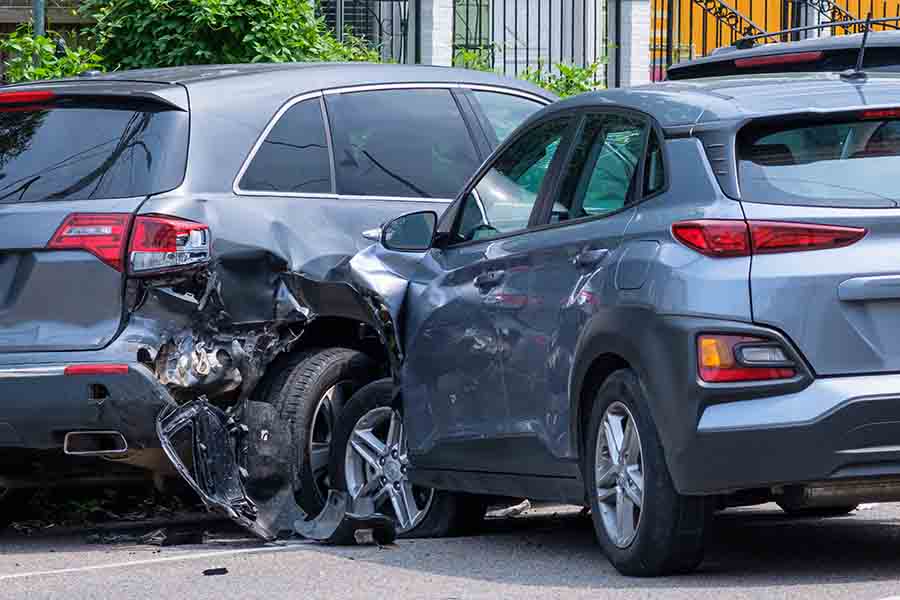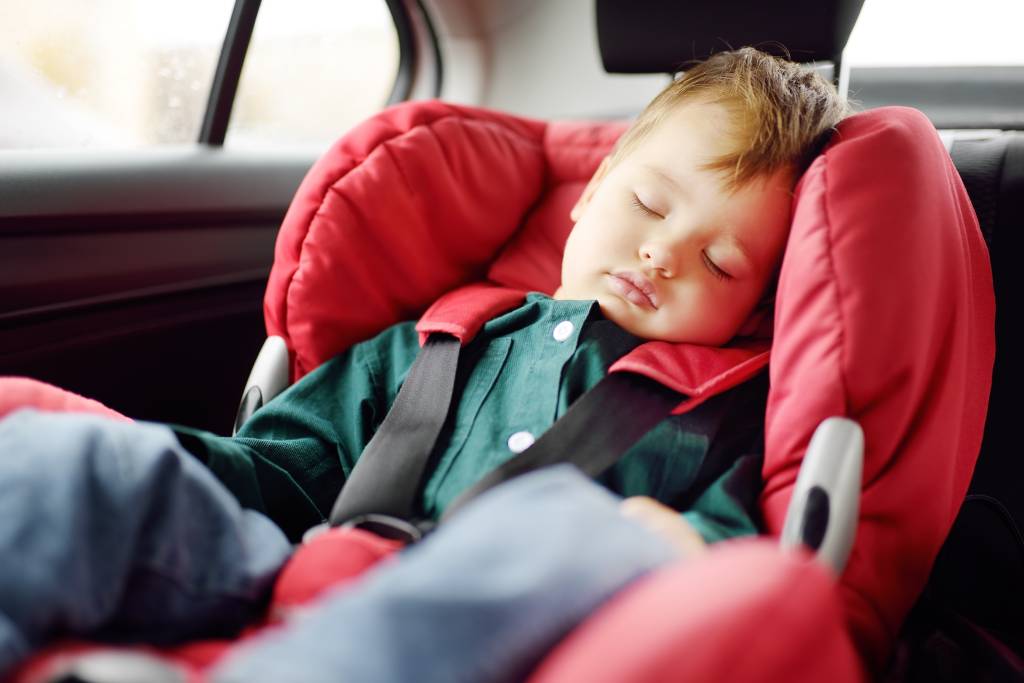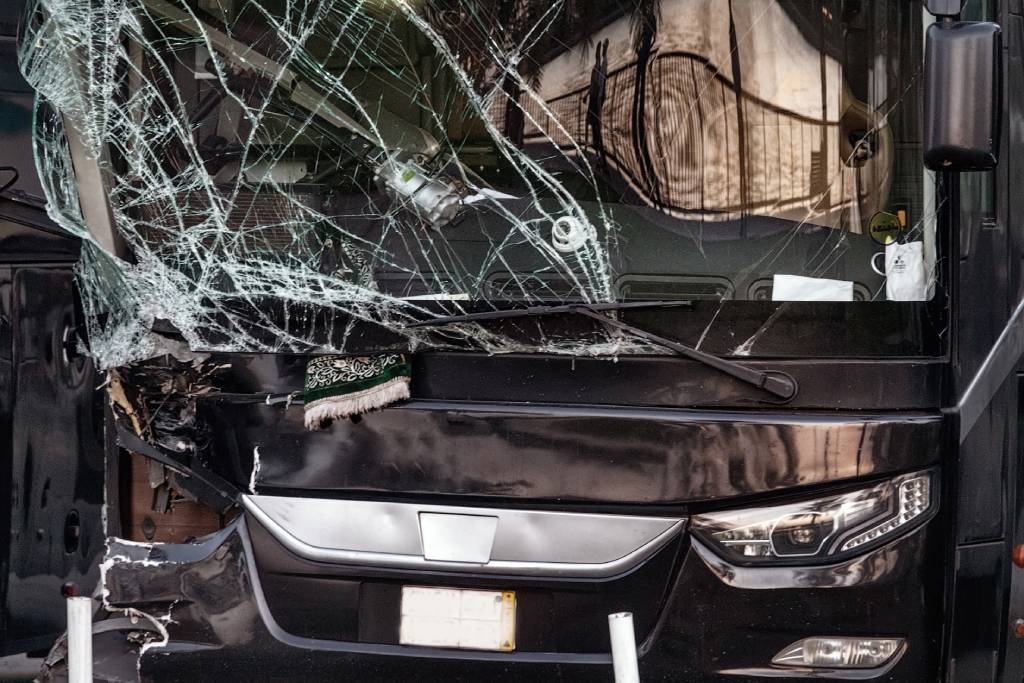Car accidents are sadly all too common, and they can be devastating. Even relatively minor road accidents can have long-term consequences, and in the worst cases, crashes result in death.
Given how common auto accidents are, California has various laws in place to help keep all road users safe. These laws are continuously evolving to keep pace with a changing landscape – from autonomous cars to increasing tech surveillance.
Whether you’re a motorist, cyclist, or pedestrian, it’s important that you understand what trends and developments are affecting the roads you use every day. Here, we summarize how emerging trends and developments could affect California car accident laws going forward.
California Car Accident Laws You Should Know About
Before we look at where California state laws are going, we need to understand where they are right now. Let’s briefly summarize some key car accident laws you should be aware of before we consider how shifting trends may affect these rules.
Car Insurance
Auto insurance helps to compensate injured parties if they’re involved in a road accident. As a result, every driver in California must be insured to drive on the roadways. If you’re found to be driving an uninsured vehicle, you risk penalties such as fines, citations, and a registration suspension.
Statute of Limitations
According to the California Code of Civil Procedure, you only have two years from the date of injury to file a personal injury lawsuit for a car crash. There are exceptions e.g. if you’re suing a government entity it’s only six months; however, two years is the general rule.
Reporting Requirements
Every car accident is potentially serious. You’re obliged to stop if you’re involved in an auto accident, however minor it may seem. If anyone is injured, or there’s significant property damage, you must report the accident to the police.
You must also make an effort to identify yourself or file a report if you hit a parked vehicle.
Fault and Liability
If you’re partially at fault for a car accident, you can still claim compensation. However, your damages may be reduced depending on your degree of responsibility e.g. if you’re 30% at fault for the accident, damages are reduced by 30%.
As we can see, California encourages responsible driving. Now, let’s consider how tech advancements and legal developments could affect car accident claims going forward.
1. Technology in Car Accident Investigations
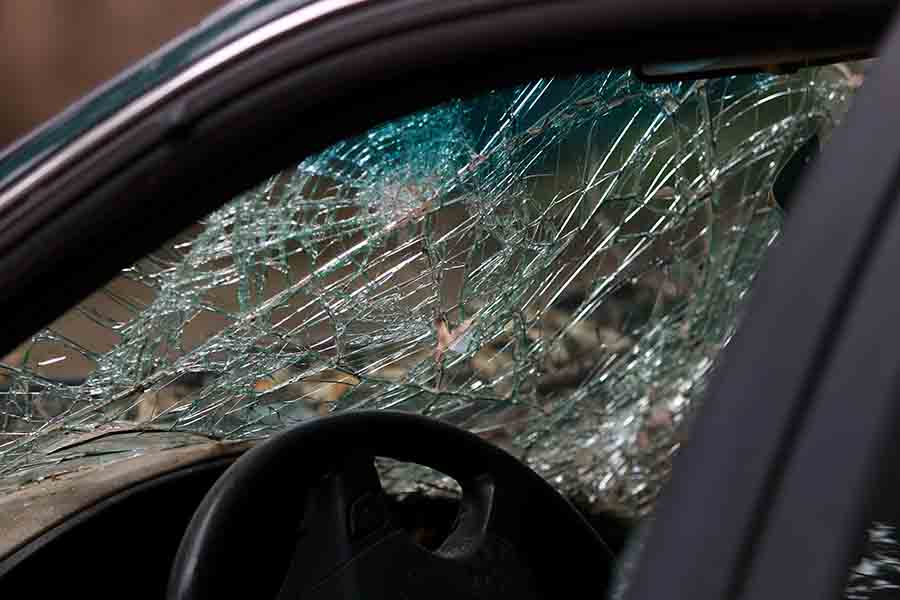
One of the most challenging components of any car accident is proving what happened. All parties involved will have their own version of events, and unless there’s very reliable witness testimony, it’s not always easy to show who is to blame – or how much they are to blame.
That said, we’re seeing changes in how we can investigate and prove fault in car accidents. Here are some examples.
- Dash cams: If a dash cam captures the accident or other useful information such as road conditions, it can help to prove a claim.
- Cell phones: A distracted driver might cause an accident due to using their phone. Now, we can instruct a forensic phone analysis to show exactly when the phone was in use to prove the case.
- Event data recorders (EDRs): EDRs, which are found in newer cars, may be able to show if a driver was speeding or driving erratically before a crash.
A failure to maintain a vehicle can also cause accidents. Apps are in development which may show, for example, if a driver ignored a flat tyre warning or failed to maintain their brakes.
2. Autonomous Car Accident Laws
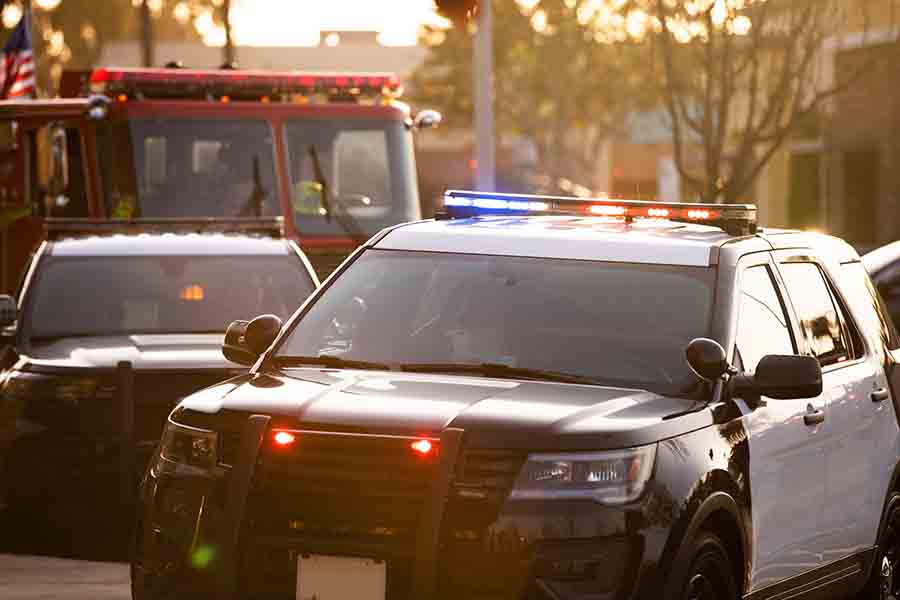
Self-driving, or driverless cars, are technically legal in California. However, these cars present many challenges for attorneys and car accident victims. For example, when there’s no human driver, who is actually responsible for the collision? And who can you sue for an accident involving a self-driving vehicle?
Let’s break down the main concerns one at a time.
Who Is at Fault in an Autonomous Car Accident?
The law is still under development as this is such a new area. Ultimately, though, it depends on the facts of the case. If it’s a fully driverless vehicle, fault lies with at least one of three parties:
- The driver of the other vehicle i.e. not the automated car
- The person operating the automated vehicle
- The driverless car manufacturer e.g. if the car malfunctions
Why might the person operating the automated vehicle be at fault? If it’s truly a driverless vehicle, then they’re still expected to be in the driver’s seat.
But there’s also a chance that it’s not a fully-autonomous vehicle and they’re treating it like it is e.g. sitting back and letting the car drive itself. That’s where the self-driving rule comes in.
The Self-Driving Rule
There’s a difference between a driverless car and a car which has automated driving technology.
- Driverless cars are capable of driving themselves
- Assisted vehicles have some driverless features e.g. cruise control and parking assistance, but they’re not driverless.
In 2023, California adopted a rule preventing car manufacturers from claiming that a car is fully self-driving when it’s only assisted or partially automated.
The reason? To prevent drivers from being misled. The rule ensures that drivers keep paying attention when they’re driving an assisted vehicle rather than, say, taking their hands off the wheel because they mistakenly believe the car is driving itself!
How Do You Determine Liability for Autonomous Vehicle Accidents?
Again, it depends on the facts. We must study the evidence to determine who behaved negligently or if there was a product defect which caused the crash.
For example, driverless vehicles have safety alert systems. If the alert doesn’t go off and the automated system fails, this could be a product defect which lies with the manufacturer.
However, if the alert did go off, and the driverless vehicle operator didn’t react by taking control of the vehicle, they could be responsible for careless driving.
It’s also possible for multiple parties to be liable, depending on the case. It will be interesting to see how the law evolves in this area to protect drivers and other road users alike.
3. Minimum Auto Liability Limits
If you’re a road user in California, it is a legal requirement to carry a certain amount of auto insurance. The minimum levels are:
- $5,000 for property damage
- $15,000 for injury or death to one person
- $30,000 for injury or death involving multiple parties
These minimum levels are set to increase significantly in 2025. The goal is to reduce the number of underinsured accidents i.e.g accidents where the insurance policy is not high enough to cover the accident costs.
However, raising these minimum levels could make insurance unaffordable for some individuals, which increases the risk of finding uninsured drivers on the road.
If you’re injured by an uninsured driver, contact the May Firm immediately for advice.
4. Demand Letter Changes
In California, injured parties can send what are known as time limited demand letters to insurance companies. The point of a demand letter is to:
- Set out what happened to the injured party;
- Confirm the extent of the victim’s injuries;
- Explain why the defendant is responsible for the victim’s injuries; and
- Confirm the victim’s current losses (and predicted future losses).
Demand letters can help victims avoid filing lawsuits or going to court and dealing with personal injury trials. However, the insurance industry raised concerns that existing laws don’t give them enough time to fully investigate a claim and so, in January 2023, Senate Bill 1155 came into effect.
SB 1155
Under SB 1155, which amends Section 999 of the California Code of Civil Procedure, time limited demand letters must now follow a certain format. They must:
- Give insurance companies at least 30 days to respond to the demand letter
- Include an offer of settlement
- Offer to relieve the insurance company from future liability if the offer is accepted
California car accident laws need to strike a balancing act between protecting the public interest without unduly prejudicing the insurance industry. To this effect, SB 1155 may help resolve car accident claims without resorting to court action. And resolving matters out-of-court is, unsurprisingly, less stressful for victims and their families.
However, settling out of court this way is not always the best option. Our attorneys can explain how these legal changes affect you as the rules relate to your case.
5. Pedestrian and Cyclist Safety
There’s a rising concern for pedestrian and cyclist safety on California roadways. In response, the law is offering enhanced rights and protections to these more vulnerable road users.
- Under the California Vehicle Code, police officers can’t give pedestrians citations anymore for jaywalking unless the pedestrian is reckless. Jaywalking is generally permitted; although pedestrians are expected to show common sense.
- Cyclists will benefit from multiple new rights. For example, from 2024, cyclists can cross the street on pedestrian walk crossings. And as of now, drivers must move into another lane (if it’s available) to overtake a cyclist rather than just giving them three feet.
As climate change becomes more of a priority, we will likely see further laws protecting cyclists and pedestrians to encourage people to walk and cycle more.
Make a Personal Injury Claim After a Car Accident
If you’re in a car accident, the May Firm wants to help you get compensation for your injuries. We understand how debilitating injuries can be, and we’re committed to fighting for the justice you deserve.
At the May Firm, we treat our clients like family. And just as we care about what happens to family, we care about your car accident claim. You won’t pay us anything unless we win your case – contact us for a free, no-obligation meeting to discuss whether you have a claim.
Learn about California car accident laws here.
Disclaimer:
The content in this article is provided for general informational purposes only and may not represent the current law in the recipient’s jurisdiction. The content and information should not be construed as professional legal advice from The May Firm or the individual author, nor is it intended to be a substitute for legal counsel on any subject matter. Any and all information included in, or accessible through, this article should not be used to act or refrain from acting without the appropriate legal or other professional advice from a lawyer licensed in the recipient’s appropriate jurisdiction. Any reliance you place on such information is strictly at your own risk.
